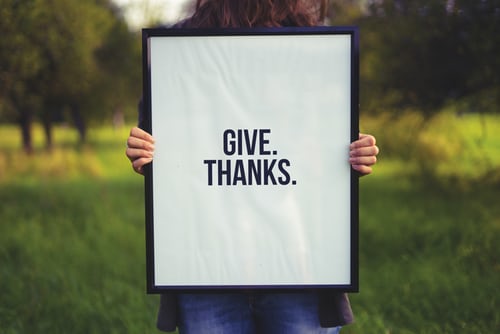
The Real Gratitude Challenge
by Counseling and Wellness Center of PittsburghNovember 28, 2019 gratitude, gratitude challenge, reframing cognitive distortions, thanksgiving0 comments
The Real Gratitude Challenge
It’s Thanksgiving and everyone wants to talk about turkey and gratitude. Newsfeeds and flyers encourage us to take the ‘gratitude challenge’ by sharing how happy we are for our kids, our marriage, families, our job, our house. Nowonder, according to the National Institute of Health, gratitude can help us increase our life satisfaction and mental health! Oh, how...Learn More
10 Ways to Enjoy The Holidays if You Experience Family Estrangement or Loss
by Counseling and Wellness Center of PittsburghNovember 18, 2019 family estrangement, family loss, holiday traditions0 comments
1o Ways to Enjoy The Holidays if You Experience Family Estrangement or Loss
Holidays are extremely triggering and difficult for those who have suffered family loss/grief or estrangement, there are reasons that mental health related hospital admisssions and therapy visits for anxiety and depression increase during this time of year. Most people who are in therapy to deal with family...Learn More
How is a Panic Attack different from Anxiety
by Counseling and Wellness Center of PittsburghNovember 11, 2019 panic disorder, signs of panic attack0 comments
According to the Amercian Psychological Association, 1 out of 75 people will experience a panic attack at some point in their life. Yet the term is used very commonly in pop culture. There are major differences between a panic attack and anxiety or stress. The most common signs of a panic attack are a racing heart, sweating, pupil dilation, chest pain, dizziness or faintness, tingling in the...Learn More
